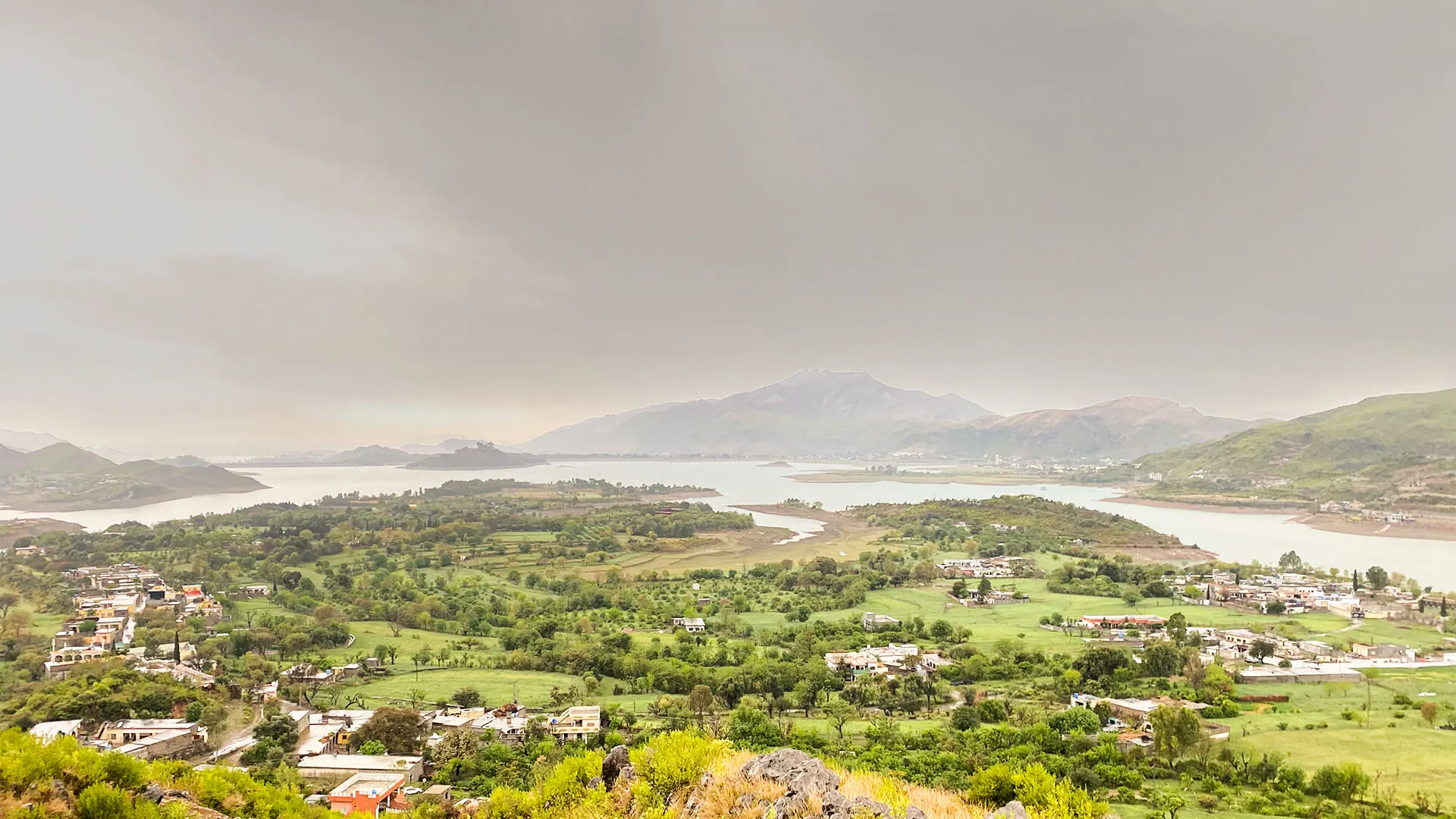Long before Oxford and Cambridge rose to prominence, the land of Gandhara—now part of northern Pakistan—was already home to some of the world’s most renowned learning centers. Nestled between rolling hills and rich cultural heritage, this region fostered knowledge, philosophy, and spiritual growth.
A Timeless Educational Heritage
The ancient universities in Gandhara flourished over 2,000 years ago. These institutions were not mere religious centers. Instead, they served as vibrant hubs of advanced learning in subjects like mathematics, medicine, politics, astronomy, and philosophy. In fact, their legacy has influenced educational systems across Asia and beyond.
Also Read: The Story Behind Lakeshore City’s Development Vision
Taxila: A Jewel of Learning
Among these centers, Taxila stood as the crown jewel. Often compared with Nalanda in India, Taxila attracted students from Persia, China, and Central Asia. It offered a structured education system. Students studied under respected gurus and scholars, who were considered authorities in their fields.
Even ancient texts, like those of the Chinese monk Faxian, mention Taxila as a learning center of unmatched caliber. The university was not just a building; it was a community. Small schools, libraries, and discussion areas made it a dynamic academic environment.
Buddhist Monastic Education
Gandhara’s educational system was deeply tied to Buddhist monastic education. Monks taught logic, ethics, medicine, and linguistics in addition to religious scriptures. Education wasn’t limited by caste or region, making it accessible to those who were eager to learn.
Monasteries acted as campuses, where discipline and deep study were encouraged. This tradition set a strong foundation for holistic learning, long before the Western academic model took form.
Scholarly Contributions of South Asia
The ancient scholars of South Asia, particularly from Gandhara, made significant contributions to science and philosophy. Figures like Panini, the father of Sanskrit grammar, and Kautilya (Chanakya), a political thinker, are believed to have roots in this region.
Their works are still studied today. These pioneers laid down systems that shaped education in Asia and inspired later institutions across the world.
Also Read: The Rebirth of Heritage Tourism Near Khanpur Dam
Haripur’s Hidden Legacy
Modern-day Haripur, close to the site of ancient Gandhara, quietly holds this prestigious academic legacy. Often overlooked, this region is rich with ruins, artifacts, and untold stories from a time when historical education institutions in Pakistan were leading the ancient world.
If you’re visiting or living near this region—perhaps in a serene mountain-side community with a dam view—you’re closer to this glorious past than you think.
Before Oxford, There Was Gandhara
While Europe was still centuries away from creating universities, centers of learning before Oxford were already thriving in Gandhara. These institutions nurtured minds, bridged cultures, and spread knowledge across continents. Today, they remain a powerful reminder of South Asia’s intellectual heritage.
With modern developments offering easy 60-month installments and affordable living options in this historic region, living amidst history has never been easier.
FAQs
1. What was the most famous university in Gandhara?
Taxila was the most renowned and respected center of learning in the Gandhara region.
2. What subjects were taught in ancient universities in Gandhara?
Subjects included grammar, medicine, astronomy, philosophy, and political science.
3. Was Buddhist education central to Gandhara?
Yes, monastic education played a key role and influenced both spiritual and academic teachings.
4. Are there any remains of these institutions in Pakistan today?
Yes, sites in Haripur and Taxila preserve the ruins of these ancient universities.
5. Who were the famous scholars from this region?
Panini and Kautilya are two notable scholars linked to Gandhara’s academic legacy.
6. How old are these universities compared to Oxford?
Gandhara’s universities date back over 2,000 years, while Oxford was established in the 12th century.



